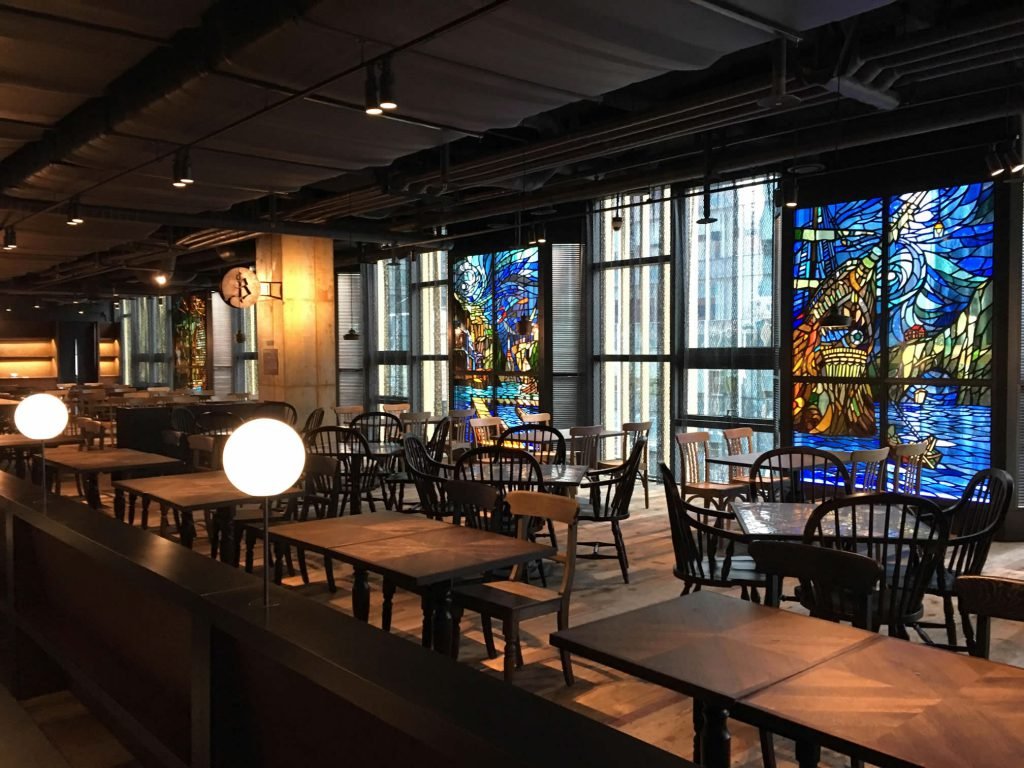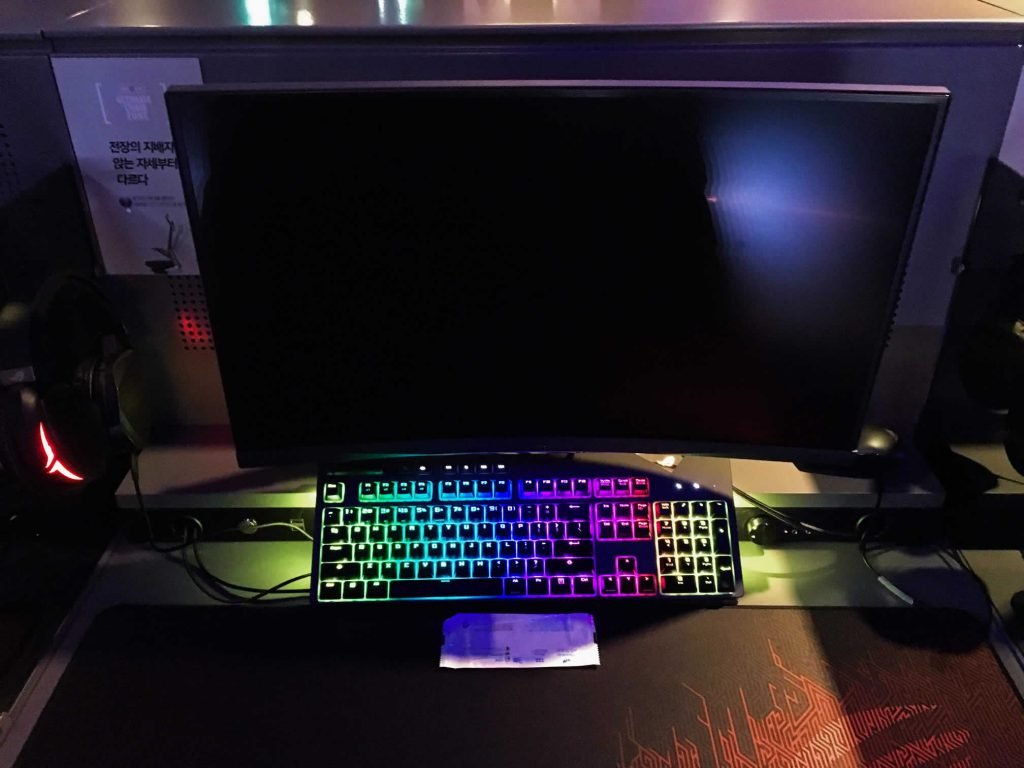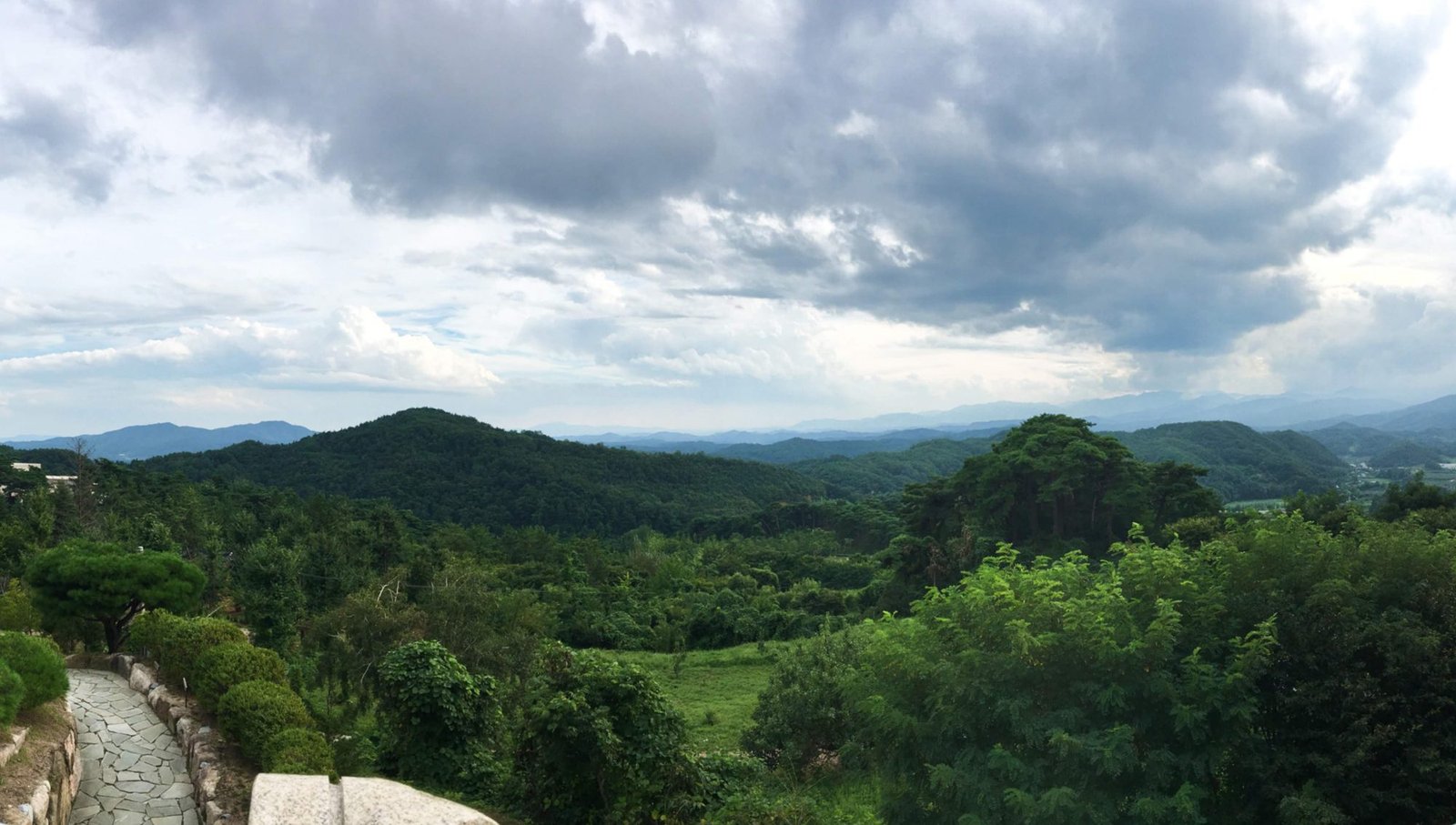This week I wrapped up the last significant portion of my portfolio research with a visit to the newly built League of Legends (LoL) Park. The Park was opened in September of this year by Riot Games, the creator of LoL, after investing nearly $90 million. The LoL Park is located on the third floor of the Gran Seoul building in Jongno (the business district) in central Seoul.

The Park features an esports arena capable of seating 500 people, various artwork exhibitions, memorabilia from past seasons and famous teams, a full-service coffee shop, and a 100-seat state-of-the-art PC bang. The facility was built with the intention of serving as the permanent venue for the LoL Champions Korea tournament. It also includes a large area designed to serve as a meeting space for fans and their favorite players.

The PC bang was by far the nicest of all the ones I have visited in Seoul this semester. Each individual station is outfitted with the best available computing equipment and high-speed Internet access to facilitate the best gaming experience possible. Attached to the PC bang is a full-service restaurant that will deliver any number of menu items at the click of a button. Interestingly, this PC bang did not feature a smoking room and the smell of tobacco had not permeated the entire space, which was a welcome surprise for me (as a side note, I am amazed by the number of young people who smoke cigarettes in South Korea).

All of this, however, came at a steep hourly cost. Of all the PC bangs that I have visited over the past couple of months, this was by far the most expensive at 2,500 won (or $2.20) per hour. As somebody who does not spend much time at PC bangs or gaming in general, this is quite affordable. To frequent this place as an avid gamer, however, would require a fairly deep wallet. This PC bang definitely attracted a different type of gamer. It was far quieter and less social than what I had observed at other PC bangs. It seemed as though most people there were there to play alone. All were staring intently at their screens in deep concentration with little-to-no social interaction. While some people were clearly there to visit as fans, it seemed that the regulars were those quiet and focused individuals who gave off the aura of the high-caliber gamer.
This was a great way to round out my research on esports and gaming culture in Korea. I feel as though I finally have a broad understanding of the culture here on multiple levels, from the casual PC bang visitor to the more dedicated gamers and fans. This project has been a great way for me to explore a niche of South Korean culture pretty far outside my comfort zone and to gain understanding of a growing worldwide phenomenon in a country where it is more popular than anywhere else. I am looking forward to compiling all of my findings and analysis for the final product.
